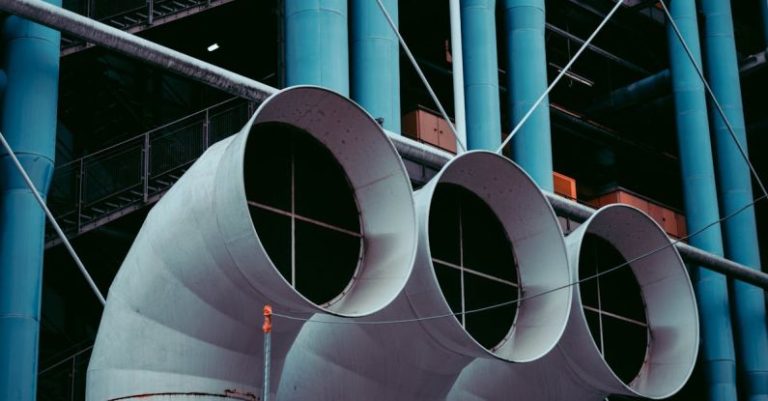Next-generation Insulation: the Rise of Composite Materials
As the world continues to face the challenges of climate change, the demand for energy-efficient solutions in construction and insulation is on the rise. Traditional insulation materials like fiberglass and foam have long been the standard, but advancements in technology have paved the way for a new era in insulation – the rise of composite materials. These innovative materials offer a promising alternative to traditional options, providing improved thermal performance, durability, and sustainability. Let’s delve into the world of next-generation insulation and explore the benefits of composite materials in revolutionizing the way we insulate our homes and buildings.
Enhanced Performance and Efficiency
Composite materials combine the strengths of different elements to create a superior product with enhanced performance characteristics. In the realm of insulation, these materials offer improved thermal resistance, moisture control, and sound absorption properties compared to traditional options. By leveraging the unique properties of each component, composite insulation materials can provide better energy efficiency and overall performance, helping to reduce heating and cooling costs for buildings.
Durability and Longevity
One of the key advantages of composite insulation materials is their durability and longevity. Unlike traditional insulation materials that may deteriorate over time or be prone to mold and moisture issues, composite materials are designed to withstand the test of time. The combination of materials in composites can enhance their resistance to wear and tear, ensuring that the insulation remains effective for years to come. This longevity not only benefits the building’s energy efficiency but also reduces the need for frequent maintenance or replacement, making composite insulation a cost-effective choice in the long run.
Sustainability and Environmental Impact
In an era where sustainability is a top priority, composite insulation materials shine as an eco-friendly option for building insulation. Many composite materials are made from recycled or renewable sources, reducing the environmental impact of the insulation manufacturing process. Additionally, the energy efficiency provided by composite materials can help lower a building’s overall carbon footprint by reducing the need for excessive heating or cooling. By choosing composite insulation, builders and homeowners can contribute to a greener future while enjoying the benefits of improved energy efficiency.
Versatility and Adaptability
Composite insulation materials offer a high degree of versatility and adaptability, making them suitable for a wide range of applications in both residential and commercial buildings. Whether it’s for new construction or retrofit projects, composite materials can be customized to fit specific insulation needs, providing flexibility in design and installation. From walls and roofs to floors and ceilings, composite insulation can be seamlessly integrated into various building components, offering a comprehensive solution for thermal protection and energy efficiency.
Cost-Effectiveness and Return on Investment
While the initial cost of composite insulation materials may be slightly higher than traditional options, the long-term benefits and return on investment far outweigh the upfront expenses. The enhanced performance, durability, and energy efficiency of composite materials can lead to significant savings in heating and cooling costs over time. Additionally, the reduced maintenance requirements and longevity of composite insulation can translate into lower overall operational costs for building owners. By investing in composite insulation, builders and homeowners can enjoy both immediate and long-term cost savings, making it a smart choice for sustainable construction.
Innovating the Future of Insulation
The rise of composite materials in the insulation industry marks a significant step towards a more sustainable and energy-efficient future. With their enhanced performance, durability, sustainability, versatility, and cost-effectiveness, composite insulation materials are revolutionizing the way we insulate our homes and buildings. As technology continues to advance and environmental concerns grow, composite materials present a promising solution for meeting the evolving needs of the construction industry. By embracing these next-generation insulation options, we can build a greener, more efficient world for generations to come.






